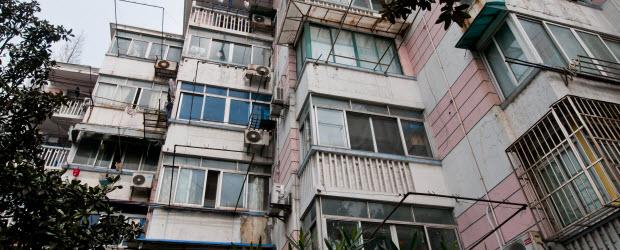As urban populations swell, as the number of singles increases — and as city officials try to make their urban environments more sustainable, livable and economically successful — down-sized housing provides a way to optimize use of increasingly precious space, incorporate energy efficiency measures and more.
The move to small homes, tiny homes, micro-housing, pods and the like has become a trend in the housing world for a variety of reasons. It’s not all about lower cost and less maintenance for busy single young professionals, although they are a large part of the tiny apartment or small home market. As an article in the Washington Post points out, living alone is more common today than once was the case. People are waiting longer to get married, people live longer and divorce rates have gone up. And that means there are a lot of single people today who are living in a world where homes are traditionally geared toward families. Enter smaller dwellings.
What exactly are they?
Tiny homes and apartments are typically around 400 square feet or less, and many are even smaller – say 150-200 square feet. If that sounds unimaginably claustrophobic – yes – for many it would be. The trick is a combination of truly clever design that takes advantage of every inch of space and a combination of high and low tech. That and a willingness on the part of the residents to sacrifice the full-size refrigerators, stoves, washers, dryers and other conveniences of a larger home.
In Europe, what people in the U.S. would consider extremely tiny is common. The average size of a home built in the UK is now about 170 square feet and in France, 323 square feet. And other European countries are picking up on the trend, according to an article in Affordable Housing Designs. Of course the recent economic downturn is a contributing factor; tiny homes are much cheaper, but there’s more to it.
From our partners:
Going small can offer several benefits for both citizens and cities. Among them:
- Cost: For the do-it-yourself type, many small homes can be built for about $20,000 and buying one that has been lived in can be as cheap as $10,000. High-end homes with all the trimmings (think granite countertops, top quality flooring, etc.) top out at about $120,000).
- Lifestyle: Tiny homes or apartments can be a good fit for people who travel most of the time, and for homeowners who want to build a backyard guesthouse for family members.
- Homelessness: Several cities are considering tiny homes and apartments as a relatively low-cost solution for dealing with homelessness.
- Efficiency: In addition to taking up little precious space in urban environments, smaller dwellings are cheaper to heat and cool – a way to go green and small at the same time.
- Traffic congestion: Smaller dwellings also tend to attract more residents who rely on mass transit or other forms of transportation rather than private vehicles.
Technology and tiny homes
While some of the technology adapted for tiny homes is more suitable for people who want to go off-grid, like rainwater collection systems and small solar panel and battery energy storage installations, it does take other types of technology to make small homes work, whether downtown or in a remote location. Our phones are now pocket-sized devices. Our TVs are flat, often wall-mounted entertainment centers rather than big, clunky space-consuming boxes. And Council Lead Partner GE has taken that love of small technology into the micro lifestyle.
The company is working on a full kitchen that fits inside a six-foot module of drawers. Yes, the appliances are small, but include an induction stovetop, two ovens, an in-sink dishwasher and cooling drawers. A scaled down washer and dryer are included in a separate module. The modular kitchen system is expected to be on the market by the end of the year.
Traditional family-oriented homes are certainly not going away, but small-scale housing could help cities meet several of the demands of growing urban populations and the changing needs of their residents.
This feature is adopted from Smart Cities Council.















